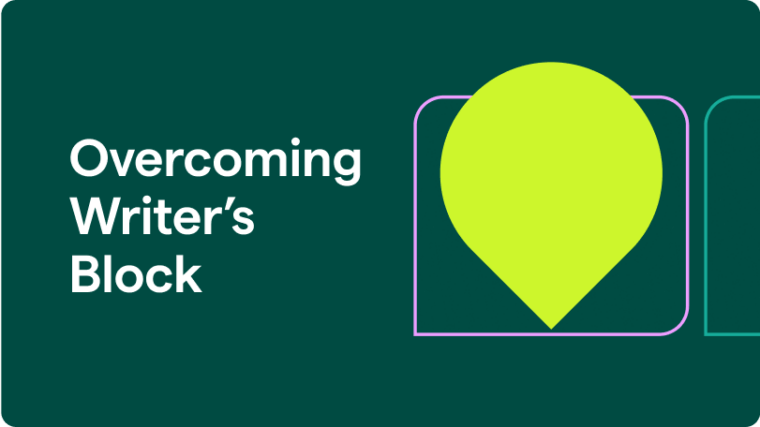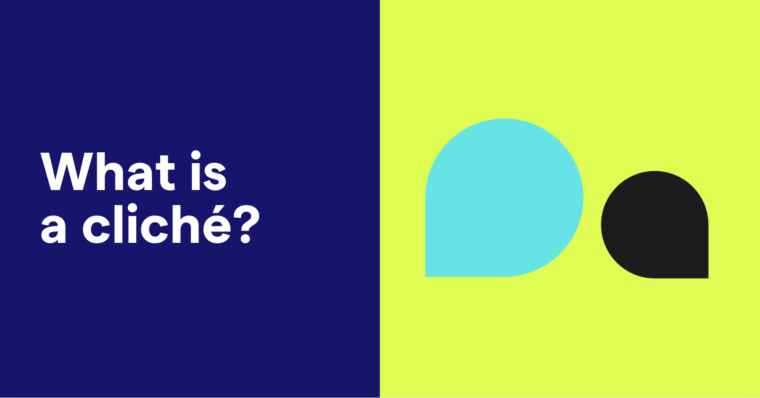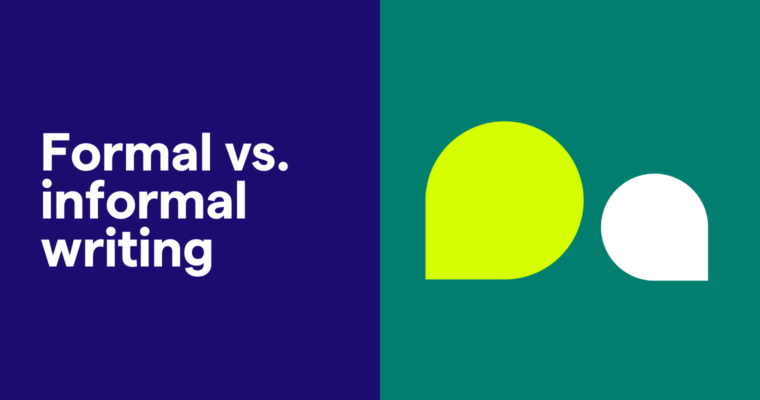
Technological advances like generative artificial intelligence (AI) represent a huge opportunity for everyone to enhance their skills and refocus on their strengths and creativity—all while doing daily activities efficiently. Students in particular can benefit greatly from harnessing the power of AI to enhance your education and prepare for your careers. Let’s explore the positive benefits of using generative AI responsibly.
What generative AI can do (and what it can’t)
Embracing AI in your academic journey means taking control of your education with the tools available to you now. You’ll even save valuable time. But AI isn’t just about convenience. It can be your brainstorming companion, helping you generate ideas and outline your projects with remarkable efficiency.
It allows you to try a new, collaborative way of learning that brings your knowledge and thinking to bear on the huge amount of data that generative AI tools have access to. And since these tools are becoming prevalent in the workplace, you’ll be more prepared for your first career.
So if you’re starting to use generative AI, let’s take a moment to understand how it works. Generative AI tools like Grammarly are powered by a large language model, or LLM. Tools like these are excellent at producing sentences and paragraphs that are most plausible given your prompt. This means that the generated text may contain factual inaccuracies or invented information, even if it sounds confident or convincing. Moreover, these generated responses are not truly creative or novel.
But what generative AI can do is relieve the blank-page stress of essay writing and give you a fantastic jumping-off point to do your own research, analysis, and clearheaded reasoning.
The assistance offered by AI tools like Grammarly enables you to focus on understanding the concepts and curating your unique perspective. It is a process rather than an output. It’s not about replacing your ingenuity but augmenting it.
Finding your way with AI
It may be tempting to use generative AI to outsource your writing, but that would be a mistake. Writing is thinking brought out into the open. With an ever-growing need for critical, creative, and original thinking in the workplace, it’s clear that uniquely human skills are still worth cultivating because those are the ones that cannot be replaced—now or in the future.
To leverage AI without stifling your own abilities, approach it with curiosity like you would any other source of information. Relying excessively on AI may limit your capacity to analyze rigorously, explore uncharted concepts, and distinguish between your own ideas or someone else’s. Strive for a balance that enhances your critical thinking while using AI as a catalyst.
An example of balance might be to use generative AI to brainstorm on a broad topic to find a direction you find compelling (e.g., “Tell me five interesting things about plate tectonics”). And then, using that response, follow your curiosity and do your own research. When you’re ready to write your paper, use AI to help develop a research plan or outline.
The path to healthy student-AI collaboration
Academic integrity isn’t just a buzzword—you can put it into action every day. To navigate the AI landscape responsibly, here are some guiding principles:
1 Honor the craft of learning: Embrace AI as a complementary tool, allowing it to amplify your strengths and address your weaknesses. For example, you can get a gut check of your writing by using suggested prompts like “Give me ideas for improvement” or “Explore counterarguments.”
2 Look for the gray areas: Understand that AI is a powerful tool, but it’s not foolproof. Use your discernment to recognize where human thought prevails.
3 Approach with curiosity: Think of writing with AI as a process rather than an output. The quality of the results depends on your ability to distinguish what is factually accurate and what meets the intended goal of your writing. Treat AI like you would any other source of information: Ask it thoughtful questions and consider its biases before incorporating its output into your work.
4 Fact-check and verify: As AI offers suggestions, remember that verifying information remains your responsibility. Fact-checking generated responses against credible sources ensures that you use only what you can stand behind.
5 Cite, credit, create: Research and writing are woven from diverse threads of knowledge. Creativity and innovation—and good grades—happen when you show that you can engage with that knowledge thoughtfully. Leveraging AI also means properly citing AI-generated content, just as you would with any other source.
6 Engage with faculty: Transparent communication with your instructors illuminates your commitment to academic honesty. Proactively understand the policies of your institution and your professors and seek guidance on integrating AI tools in your writing process.
In support of these principles, Grammarly offers generative AI features specifically for students to enable responsible AI use throughout the entire writing process. Grammarly also makes it easy for you to acknowledge your use of AI and to cite generated text.
By embracing AI tools thoughtfully now, you’re poised to harness the power of AI to become a more proficient thinker and communicator. These skills will take you into the professional world as well; employers are eager to find smart minds who can use AI tools to augment and scale their individual strengths and abilities. Remember, the future is yours to shape, and AI can be your ally if you’re smart about how you use it.






